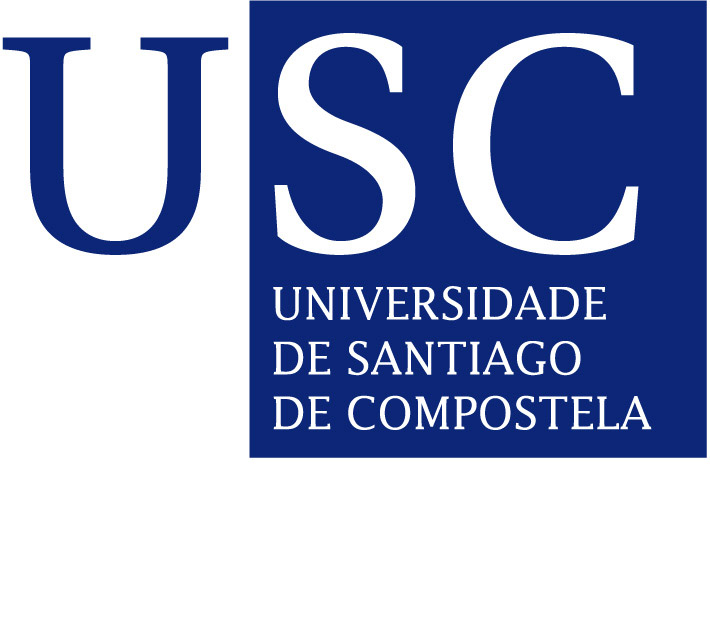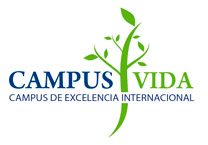Lecture: 'Drug-Photosensitized DNA Chemistry'

CiQUS Seminar Room
12:15
Sunlight may interact with DNA by direct absorption or through photosensitization by exogenous chromophores. These chromophores, which are frequently found in drugs, can extend the “active” fraction of the solar spectrum to the UVA region and beyond, increasing the probability of developing skin cancer upon exposure to sunlight. Therefore, a satisfactory understanding of the mechanisms involved in drug-photosensitized DNA damage is desirable, to anticipate possible photobiological risks.
In this context photosensitized DNA damage can occur through a variety of processes including electron transfer, hydrogen abstraction, triplet-triplet energy transfer, or generation of reactive oxygen species. Here, a variety of drugs are shown to produce different lesions upon photosensitization of DNA or its building blocks. Irradiation of the drug chromophores in the presence of DNA or its components leads to nucleobase oxidations, cyclobutane pyrimidine dimer formation, single strand breaks, DNA-protein crosslinks, or abasic sites. This manifold photoreactivity can be attributed to the photophysical properties of drugs: i) significant absorption of UV light, up to 360 nm; ii) high intersystem crossing quantum yields and triplet energies; iii) biotransformation into photoactive metabolites.
In particular, investigation of energy transfer from the triplet excited drugs has been focused on thymine, the base with the lowest lying triplet state in DNA. The latter process results in the formation of cyclobutane pyrimidine dimers. Interestingly, biphotonic excitation and subsequent energy transfer can lead to population of higher triplet states, which may deactivate with formation of specific DNA lesions.
About
Miguel A. Miranda is Professor of Organic Chemistry at the Technical University of Valencia (UPV). He is a founding member of the Institute of Chemical Technology (ITQ), a joint research centre of the UPV and the Spanish National Research Council (CSIC), which has received the “Severo Ochoa” label of Excellence. From November 2010 to November 2014 he has also been the ITQ Director. He spent post-doctoral periods at the Universities of Saarland and Würzburg (Germany) and was Associate Professor at the University of Valencia before accepting his present position in 1990. The research interests of Miguel A. Miranda are mainly focused on photochemistry, with special emphasis on mechanistic aspects of organic photoreactions, supramolecular photochemistry involving biomolecules, and photobiological applications. He has been President of the European Society for Photobiology from 2009 to 2011. From June 2018 he is the President of the Chemical Sciences and Technologies (CTQ) Area of the Spanish State Research Agency (AEI). He has also been awarded with the Honda-Fujishima Award, the Janssen-Cilag Award, the Theodor Förster Award, the ESP Award for Excellence in Photobiological Research and the “Reconocimiento a una Carrera Distinguida” Award of the Spanish Royal Society of Chemistry, 2018.


